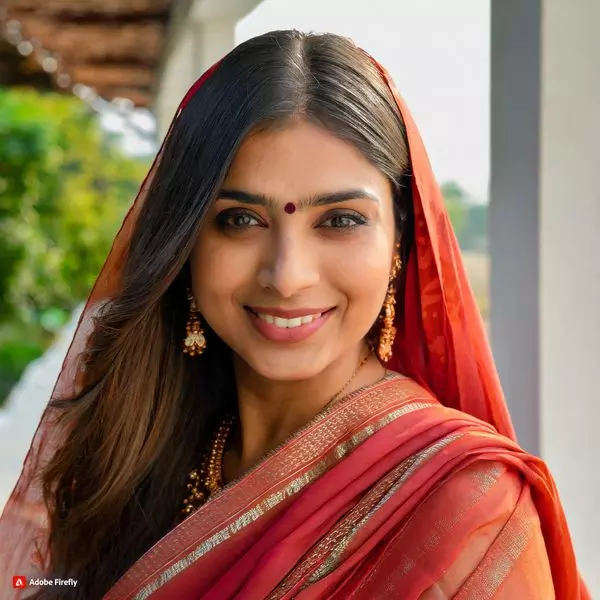
Wrapped In Tradition: Unraveling Reasons Behind Coorg's Preference For Coorgi Saree Draping
Writer: Tanya Chaturvedi
As a dedicated content writer, I thrive on the art of storytelling through various media forms. My passion lies in creating engaging, informative and visually captivating content that resonates with audience across platforms.
India, 1 Dec 2023 8:21 AM GMT
Editor : Ankita Singh |
A literature lover who likes delving deeper into a wide range of societal issues and expresses her opinions about the same. Keeps looking for best-read recommendations while enjoying her coffee and tea.
Creatives : Tanya Chaturvedi
As a dedicated content writer, I thrive on the art of storytelling through various media forms. My passion lies in creating engaging, informative and visually captivating content that resonates with audience across platforms.
The Coorgi saree's popularity can be attributed to its unique draping pattern, designed to offer comfort to local women navigating the slopes of the Western Ghats.
In the diverse tapestry of Indian traditions, the art of draping a saree manifests in various styles, each telling a unique story of cultural heritage. One such style that has transcended time and borders is the Coorgi saree draping technique, celebrated for its grace and origin deeply rooted in mythological tales.
The Coorgi saree's popularity can be attributed to its unique draping pattern, designed to offer comfort to local women navigating the slopes of the Western Ghats. This distinctive style proved practical for climbing hills and even offered utility in confronting wildlife in the jungles. Its roots extend to Indian mythology, creating a ritualistic practice that combines a jacket or blouse, a veil, and a head scarf.
Initially crafted in cotton, the Coorgi saree underwent transformations during British annexation, incorporating high-collared neck designs for jackets and experimenting with luxurious fabrics like satin, silk, and velvet for the saree. Fancy pearls and studs replaced conventional buttons, marking an evolution in style.
Ceremonial Attire and Evolution:
The ensemble included a 'Musuk' or veil adorned with ornate motifs, a calf-length undergarment made of thin cotton wool, and a petticoat contributing to the saree's volume. The 'Vastara' or head scarf, worn ceremoniously by the bride's mother, symbolized her daughter's marriage.
In contemporary times, brides opt for Coorgi saree draping to infuse fashion and allure into their special day. The attire has evolved to incorporate Kanjevarum or red art silk sarees paired with Coorg-styled full-sleeved blouses. The veil has become more elaborate, available in various fabrics like georgette and crepe, adorned with borders and sequins for all occasions.
Step-by-Step Guide to Coorgi Saree Draping:
For those captivated by the allure of Coorgi saree draping, here's a simple guide to achieve this timeless look:
1. Double knot the saree at the right waist, with the inner end in the front.
2. Bring the outer end anti-clockwise, measuring it at the center back waist.
3. Make pleats and tuck them at the center back waist, gently fanning them.
4. Drape the pallu across the chest, bringing the front neatly over the right shoulder.
5. Firmly knot the edge of the pallu with the front drape, securing it in place.
Cultural Treasures in Contemporary Fashion:
While fashion trends continuously evolve, the Coorgi saree draping style remains an evergreen and classic choice. Its variations offer an immersive experience for women and fashion enthusiasts who appreciate the versatility of this traditional garment. Above all, styles like the Coorgi saree draping serve as custodians of cultural treasures, inspiring and influencing international fashion trends.
Also Read: Heat Stress On The Rise: A Looming Occupational Health Crisis In Tamil Nadu
 All section
All section














